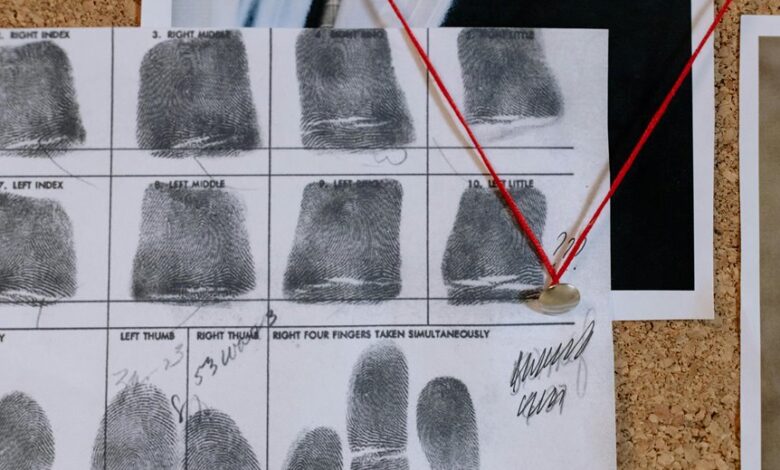
In an age where communication is omnipresent, understanding the identity behind unknown calls has become paramount. Many individuals find themselves inundated with unsolicited calls, prompting a need for effective identification methods. Various tools and technologies have emerged to assist in this endeavor, yet questions remain about their efficacy. What strategies can one employ to discern legitimate callers from potential threats? The answers may not be straightforward, but they hold significant implications for personal security.
Understanding the Importance of Caller Identification
How can the ability to identify callers transform the way individuals manage their communication?
This capability enhances identification accuracy, allowing users to discern legitimate contacts from potential intruders. By safeguarding caller privacy, individuals gain control over their interactions, fostering a sense of autonomy.
Ultimately, understanding the importance of caller identification empowers users to navigate communication landscapes with confidence and intention, thus promoting personal freedom.
Common Tools for Identifying Unknown Callers
In the modern landscape of communication, various tools exist to aid individuals in identifying unknown callers, each offering distinct features and functionalities.
Reverse phone lookup services provide instant access to caller information, while call tracing technologies allow users to track calls based on their origin.
These tools empower individuals to reclaim their privacy and make informed choices about responding to unidentified numbers.
How to Protect Yourself From Spam Calls
Spam calls have become an increasingly pervasive issue, prompting individuals to seek effective strategies for protection.
Implementing spam call blocking features on smartphones is a crucial step towards enhancing phone privacy. Additionally, registering with national do-not-call lists can help reduce unwanted interruptions.
Educating oneself on recognizing suspicious numbers fosters a proactive approach, empowering individuals to reclaim control over their communication experiences and maintain their freedom from intrusive calls.
What to Do When You Receive a Suspicious Call
What should one do when faced with a suspicious call? First, remain calm and avoid sharing personal information.
Analyze the caller’s behavior for signs of deception. Next, consider documenting the details and reporting calls to relevant authorities.
Engaging in these practices not only protects individual privacy but also contributes to a broader effort against suspicious behavior in telecommunications.
Conclusion
In conclusion, the pursuit of identifying unknown callers is paramount in safeguarding personal privacy and enhancing communication management. Interestingly, studies reveal that nearly 50% of all mobile calls are now deemed spam, underscoring the urgency for proactive measures. By utilizing reverse phone lookup services and remaining vigilant against suspicious calls, individuals can reclaim their autonomy in a landscape fraught with potential threats. Ultimately, understanding caller identification is not just beneficial, but essential for personal security in today’s digital age.



